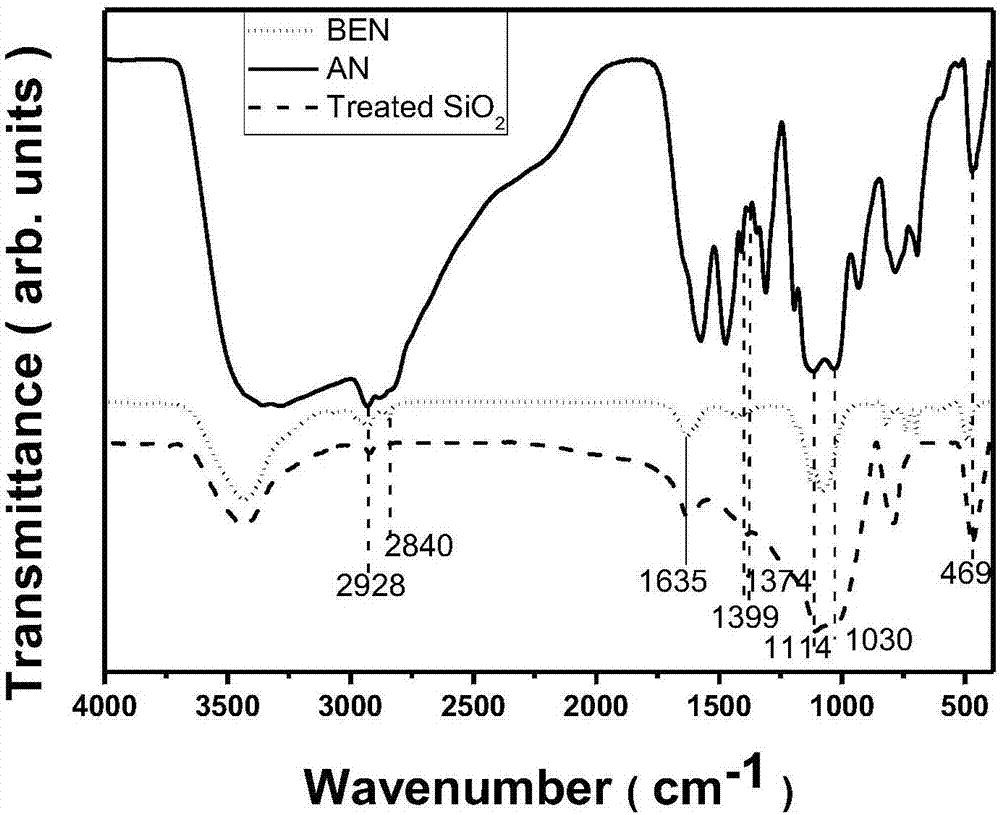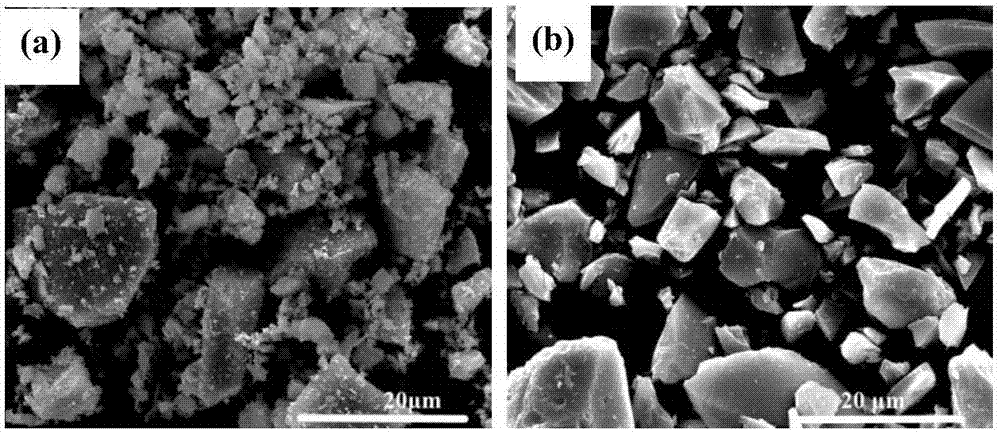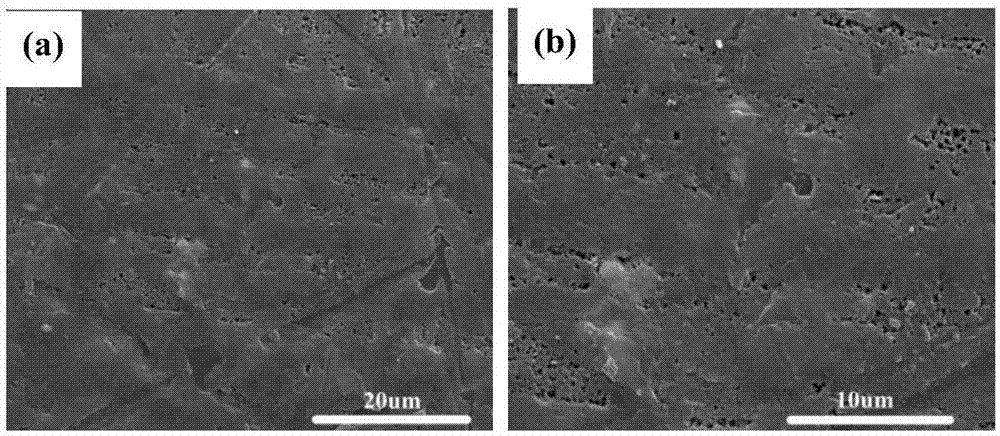A preparing method of a ceramic-filled polytetrafluoroethylene microwave composite-medium substrate
A technology of polytetrafluoroethylene and composite media, which is applied in the field of copper clad laminates, can solve the problems of small dielectric constant temperature coefficient, low dielectric constant, low thermal expansion coefficient, etc., and achieve small thermal expansion coefficient, good modification effect, and high water absorption rate. low effect
- Summary
- Abstract
- Description
- Claims
- Application Information
AI Technical Summary
Problems solved by technology
Method used
Image
Examples
preparation example Construction
[0029] The preparation method of polytetrafluoroethylene composite microwave ceramic substrate comprises the following steps:
[0030] Step 1: Prefabrication of silica powder. Include the following specific steps:
[0031] Step 1-1: Dry in an oven to remove physically adsorbed water from the silica ceramic powder, and dry at a temperature of 120-150°C for 8-12 hours;
[0032] Step 1-2: Add the raw materials prepared in step 1-1 to the mixture of hydrogen peroxide and concentrated hydrochloric acid (20:80-40:60) by mass ratio, boil at 50-70°C while stirring for 1-2 hours to increase The surface hydroxyl group is convenient to react with the silane coupling agent behind.
[0033] Step 1-3: Suction filter the suspension obtained in Step 1-2, and then dry it under vacuum at 105-120°C for 12-24 hours. ;
[0034] Step 2: Surface treatment of silica powder. Include the following specific steps:
[0035] Step 2-1: Weigh a certain amount of agate balls and add them to the ball mi...
Embodiment approach
[0043] A more specific implementation is as follows:
[0044] The preparation method of the polytetrafluoroethylene-based microwave composite dielectric substrate material of the present invention comprises the following steps:
[0045] a. Prefabricated silica powder: dry the silica in an oven to remove physically adsorbed water, then add the silica to the mixture of hydrogen peroxide and concentrated brine to activate and increase the hydroxyl effect on the surface of the silica, and suction filter , then dry.
[0046] b. Using a ball milling process, modifying and hydrophobicizing the surface of the silica with a silane coupling agent, and finally drying and sieving to obtain the treated silica powder.
[0047] c. Using a ball milling process, mix silica powder, chopped glass fiber and polytetrafluoroethylene in proportion, and then demulsify with a demulsifier to obtain dough.
[0048] d. Obtain a green sheet through a calendering process, pre-baked, cut, coated with copp...
Embodiment 1
[0066] a) Weigh 200g of silicon dioxide, dry the silicon dioxide in an oven at 120-150°C for 8-12 hours to remove physically adsorbed water, and prepare 150ml of a mixture of hydrogen peroxide and concentrated brine in a three-necked reflux flask (hydrogen peroxide: concentrated brine =20:80~40:60), then add silicon dioxide into the mixed solution and boil at 50~70°C while stirring for 1~2h to activate and increase the hydroxyl effect on the surface of silicon dioxide, then filter the silicon dioxide with suction, Dry at 105-120°C for 12-24 hours in a vacuum environment.
[0067] b) Weigh 0.8 g of KH550 coupling agent and 2.2 g of phenyltrimethoxysilane coupling agent. Weigh 58.5 g of deionized water and 136.5 g of alcohol, then add glacial acetic acid to the mixed solution of deionized water and alcohol to adjust the pH to 4. Weigh 300g of cleaned agate balls of 8-14mm, add the agate balls, PH-adjusting mixed solution, coupling agent and activated silica ceramic powder in st...
PUM
| Property | Measurement | Unit |
|---|---|---|
| diameter | aaaaa | aaaaa |
| dielectric loss | aaaaa | aaaaa |
| dielectric loss | aaaaa | aaaaa |
Abstract
Description
Claims
Application Information
 Login to View More
Login to View More - R&D
- Intellectual Property
- Life Sciences
- Materials
- Tech Scout
- Unparalleled Data Quality
- Higher Quality Content
- 60% Fewer Hallucinations
Browse by: Latest US Patents, China's latest patents, Technical Efficacy Thesaurus, Application Domain, Technology Topic, Popular Technical Reports.
© 2025 PatSnap. All rights reserved.Legal|Privacy policy|Modern Slavery Act Transparency Statement|Sitemap|About US| Contact US: help@patsnap.com



